|
In
the 1970s, Martin Curtis was a rural mailman in Central
Otago, and on his rounds he slowly got to know an old chap
living all alone, an old rabbiter. The old bloke gradually
told Martin of his work in the 1930s, 40s and 50s.
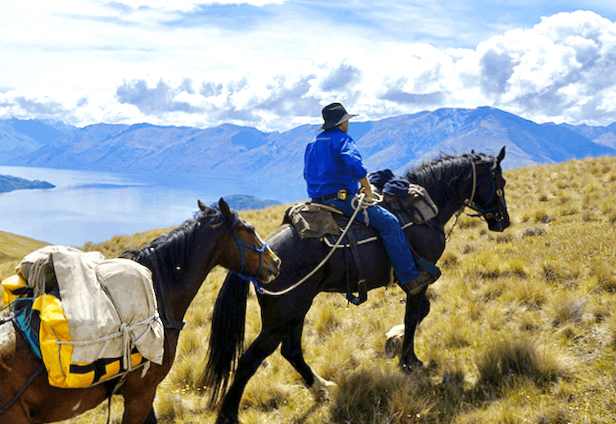
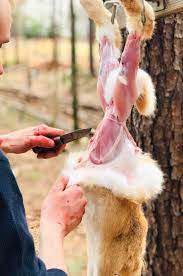
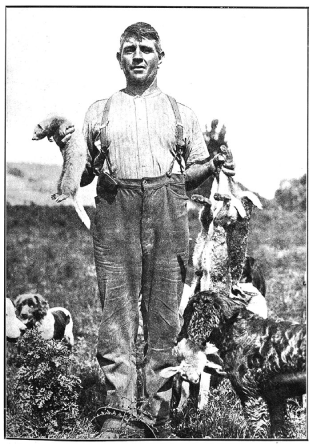
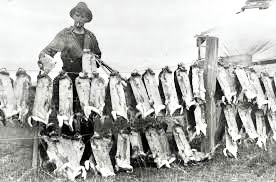 Five for a bob. A bob was one shilling. Twenty shillings made one Pound sterling (20s = £1), so Jack received £1 when he sold 100 rabbit skins. These were made into the long fur coats that were popular with women in the first half of the 20th century. 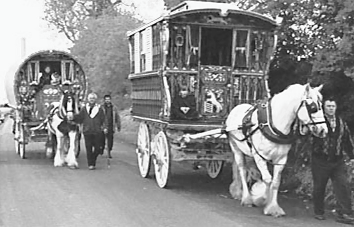 My
Cob. Jack
was referring to his horse; a small, solidly-built,
load-carrying animal of quiet temperament. Cob horses
had been bred by Irish traveling folk to pull
their gypsy caravans.
 Mt
Pisa
Rabbits in New Zealand Rabbits are native to Spain and
Portugal, and have adapted to that region’s unpredictable
climate, breeding prolifically when food is available in good
seasons while also able to survive through extended droughts.
A female rabbit can produce a
litter of kittens every six weeks, and these can breed at five
months of age, so rabbit populations can increase tenfold in
one season.
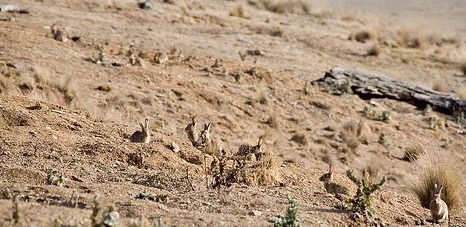 Rabbit populations in England
were controlled by foxes, ferrets and wet weather. English
colonists brought them to New Zealand as early as the 1830s,
but once they became established here, their population
increased to plague proportions several times; in the 1870s,
1920s, 1940s, and the most recently in the 1980s.
Rabbits cost New Zealand about 50 million dollars annually to control costs and the loss of farm production, but this does not include the costs of damage to the environment. The Mount Pisa Range is in the middle of Central Otago, and this whole area has suffered an ecological disaster, because the vegetation grazed off by rabbits has never recovered. Areas once well covered with tussock, grasses and small shrubs now have very little vegetation cover. This has led to soil erosion, made worse by the rabbits' burrowing. In the 1800s, New Zealand wool
was sold in England for the equivalent of about about $50 a
kilo at 2020’s prices, so the destruction of Otago high
country grazing land was a loss of about $200 a hectare a
year.
Rabbit Control Trapping and
shooting were not enough, so oats poisoned with phosphorus,
arsenic, then strychnine were used, and some farms were
surrounded by rabbit-proof fences to stop reinfestation.
In the 1880s, stoats and ferrets were released, but they preferred to eat New Zealand's birds. In the 1950s, carrot baits laced with sodium fluro-acetate were dropped from aircraft. Nowadays pindone-laced baits are used. There was initial success with *myxomatosis
viral disease in the 1950s, and with rabbit haemorrhagic
disease (RHD) in the 1990s, but surviving rabbits evolved an
immunity to them.
Martin Curtis
Webpage put onto folksong.org.nz website in Aug 2023 |
 Martin
is an English migrant who lived at Cardrona for nearly 5
decades, not far from Wanaka.
Martin
is an English migrant who lived at Cardrona for nearly 5
decades, not far from Wanaka.